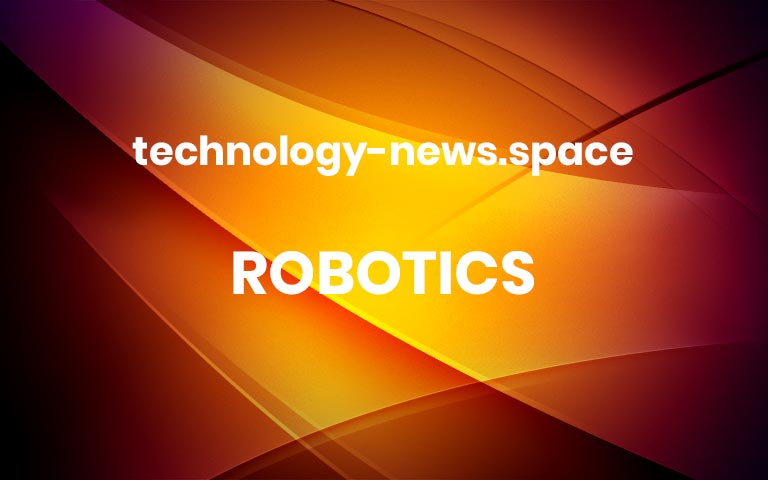Brother / Elyse Betters Picaro / ZDNETHundreds of Brother printer models have been found to harbor a serious security flaw that can’t be fully patched on existing devices. First noticed by Rapid7 in May and publicly disclosed on June 25, this unpatchable vulnerability lets an attacker who knows — or can find out — your printer’s serial number generate its default administrator password.Also: Patch your Windows PC now before bootkit malware takes it over – here’s howYes, the same password that’s set in the factory and that many of us never change. But the “good” news is you can still protect yourself by changing that default password today. What happened and how bad is it? Rapid7’s zero-day research has revealed eight security holes across 689 Brother printer, scanner, and label-maker models — and an additional 59 devices from Fujifilm, Toshiba Tec, Ricoh, and Konica Minolta. Of those eight flaws, seven can be fully patched with firmware updates. But the big one — CVE-2024-51978 — can’t be fixed on any device already sitting in your home or office. CVE-2024-51978 carries a CVSS score of 9.8 “Critical” severity. Once an attacker knows a device’s serial number, they can reconstruct the password, log in with full privileges, and launch all sorts of nastiness. Also: Is your Asus router part of a botnet? How to check – and what you can doAccording to a detailed technical analysis by Rapid7, Brother uses a password generation algorithm during manufacturing that is easily reversible. An attacker who leaks your serial number (for example via CVE-2024-51977) can reverse this process, recover your factory password, and log in with full privileges — allowing them to reconfigure the device, access scans and address books, trigger remote code execution (CVE-2024-51979), or steal external-service credentials (CVE-2024-51984). How many devices are susceptible? In total, 748 devices across five vendors are affected by at least one of the eight vulnerabilities. Beyond Brother’s 689 models, there are: 46 Fujifilm Business Innovation printers5 Ricoh printers2 Toshiba Tec devices6 Konica Minolta modelsAlso: The best online photo printing services: Expert tested and reviewedNot every flaw impacts every printer. For instance, only 695 models are vulnerable to the default-password bug, and around 208 models can be crashed remotely via the Denial-of-Service flaws (CVE-2024-51982 and CVE-2024-51983). How to tell if your printer is affected If you own a Brother printer, you can check to see if your model is affected on this Brother support page (PDF). What’s been fixed? Brother has released firmware updates that patch seven of the eight vulnerabilities: You can download these updates from Brother’s support pages (under Printers, Scanners, or Label Printers). Fujifilm, Ricoh, Toshiba, and Konica Minolta have similarly published advisories and firmware for their affected models. More



